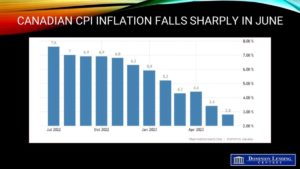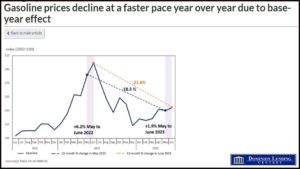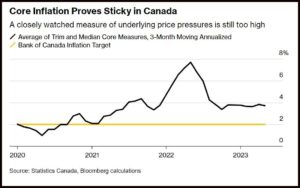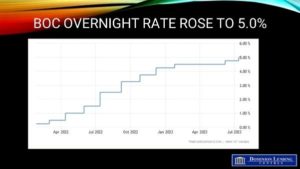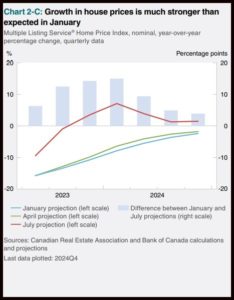
One of the quickest ways to take control of your finances is to create a monthly budget. Creating a snapshot of your income and spending can help you reach your financial goals sooner.
Step 1: Calculate Your Income
The first step to creating any budget is determining exactly how much money you have available per month after taxes.
Step 2: Track Your Spending
To start, list out your fixed expenses – these are things like car payments, loans, rent or mortgage costs that do not change monthly. Don’t forget to prorate your annual expenses like car insurance if you only pay for it once per year. Next, review your variable expenses, groceries, gas, entertainment for example, and determine how much you spend on average. Then review each category and see where you might be able to cut back.
Step 3: Set Realistic Goals
Realistic goals are vital for long-lasting financial health. If you’re not sure where to start, consider the 50/30/20 rule, which applies the following:
- 50% of your spending is for needs such as rent or mortgage payments, car payments, utilities and groceries
- 30% of your income is for wants such as shopping, vacations, streaming services, etc.
- 20% of your income goes to savings or debts such as emergency funds, retirement, child’s education and/or credit card payments
Step 4: Make a Plan
There are a few different ways you can set your monthly budget. For some, setting realistic spending limits for each category works well. For others, looking at the importance of the items on their expenses list and re-prioritizing can free up funds. Perhaps you can save money by getting a better interest rate on your mortgage or changing your payment schedule for your loan. Be sure to connect with me before making any changes in that regard.
Step 5: Stay on Track
Tracking your budget monthly is important to catch any changes in your spending habits. Conducting an annual review and considering any changes in expenses or wages requiring adjustments to your overall plan will help you adapt over time.
A realistic budget specific to your circumstances is key. Please let me know if I can provide any further input, happy budgeting!
Adapted from DLC Marketing
Photo Credit: Timo Stern on Unsplash

